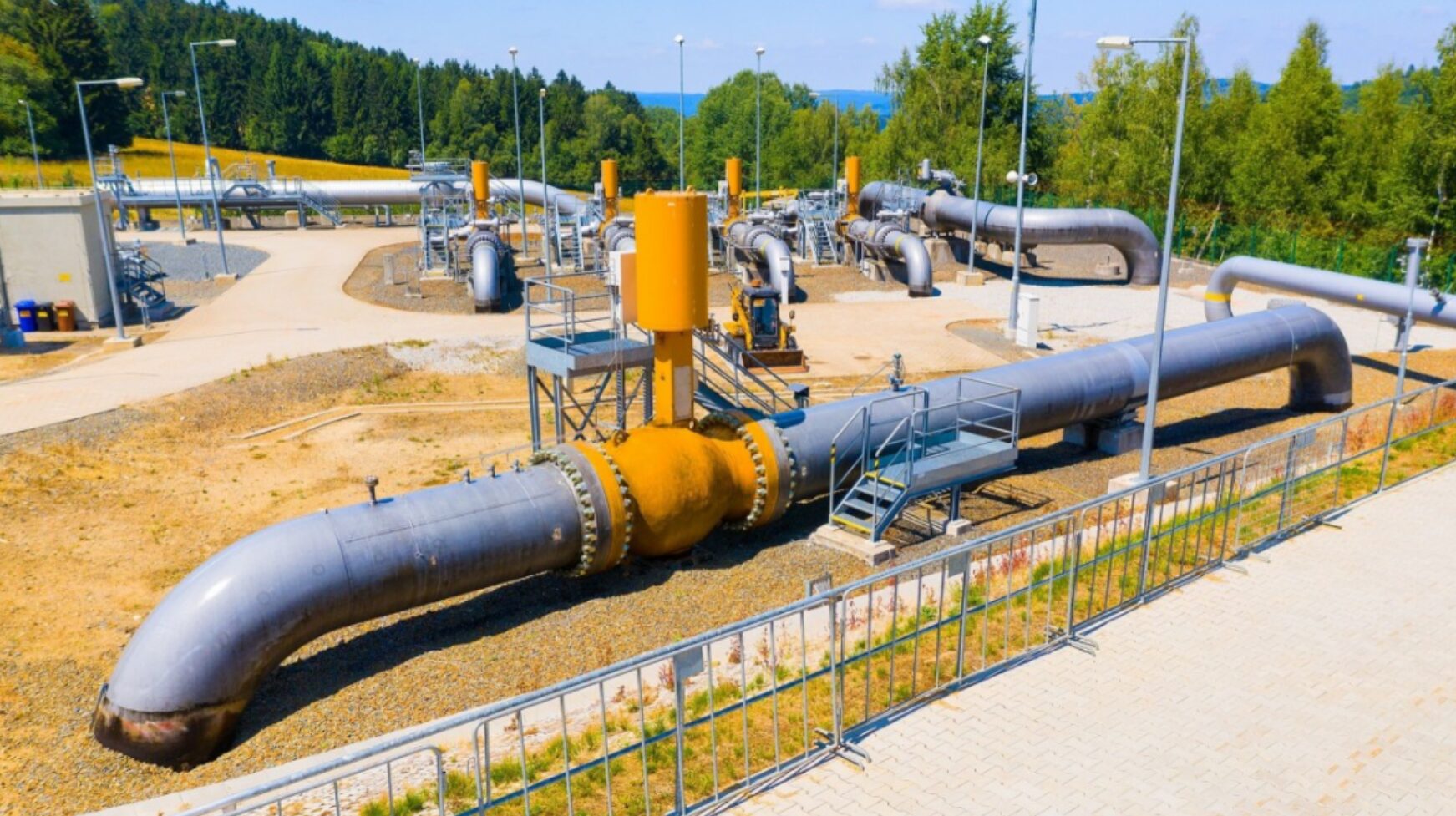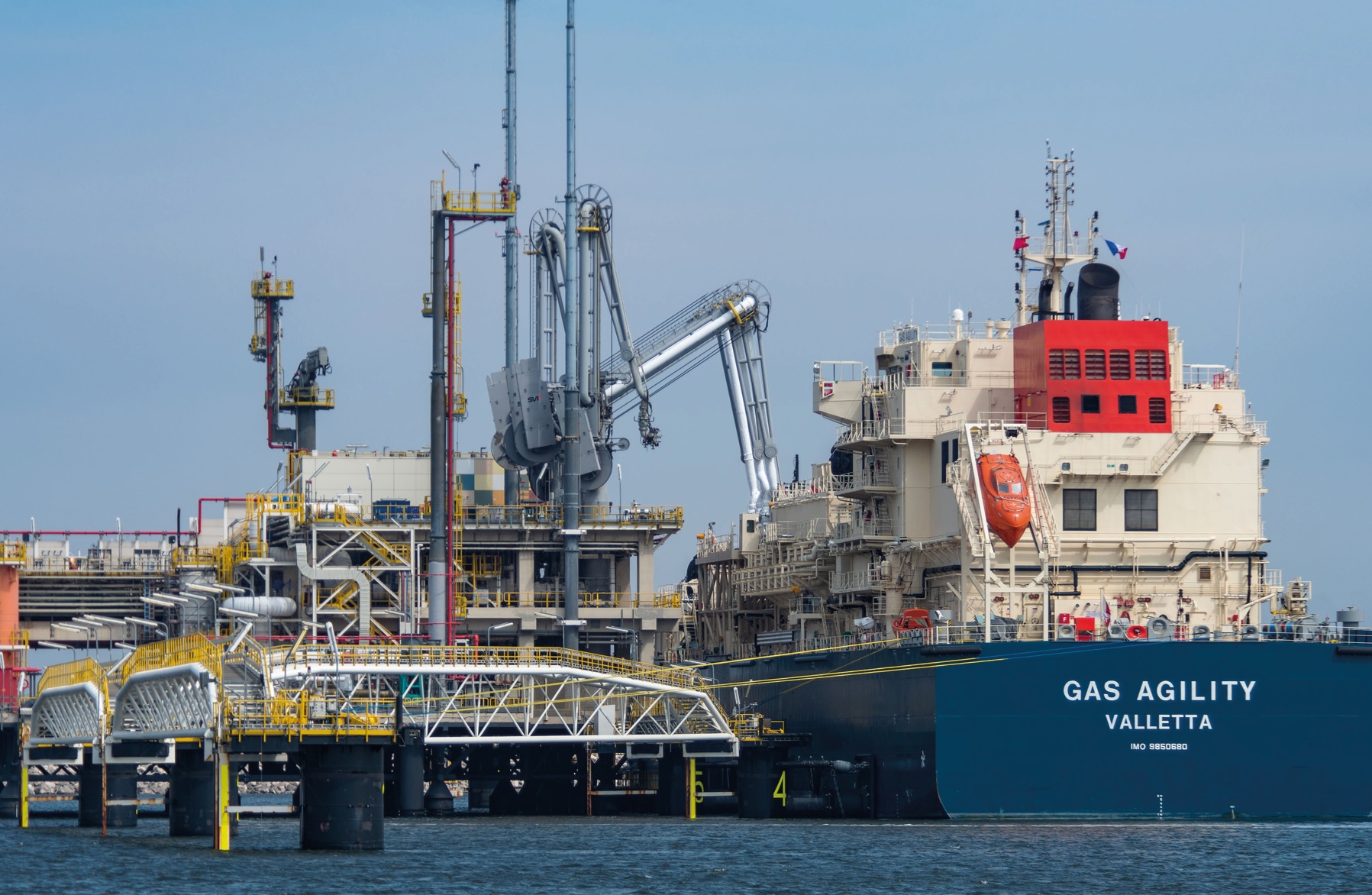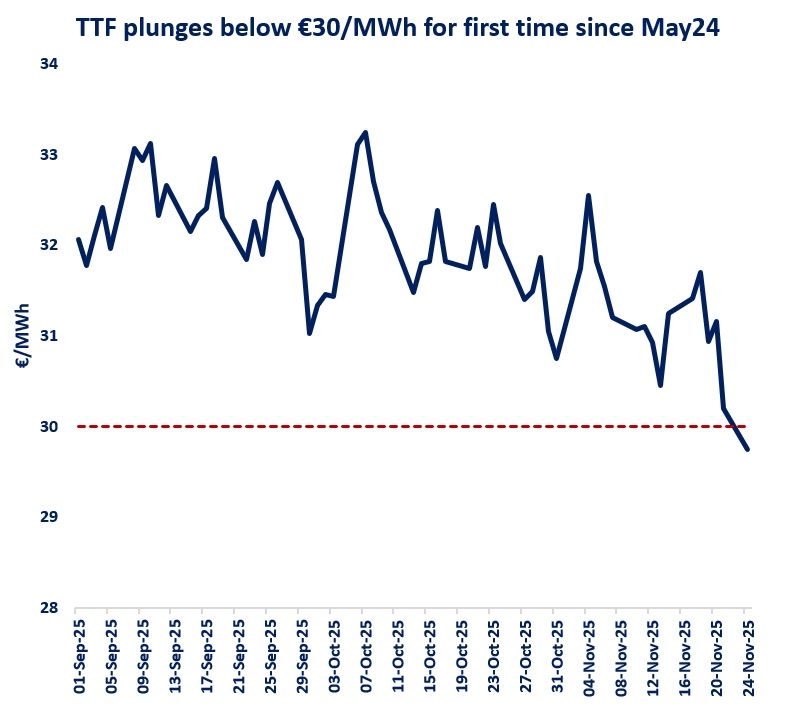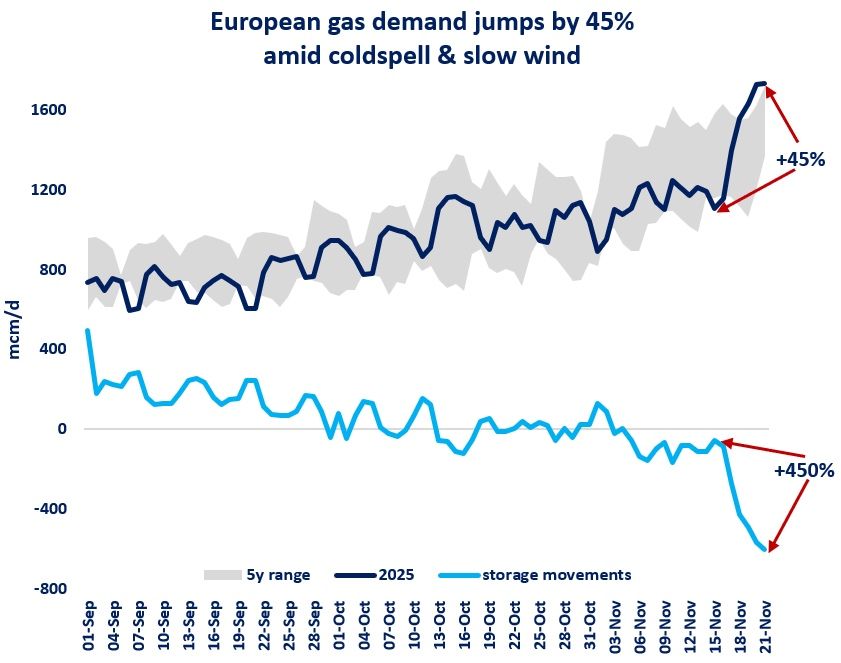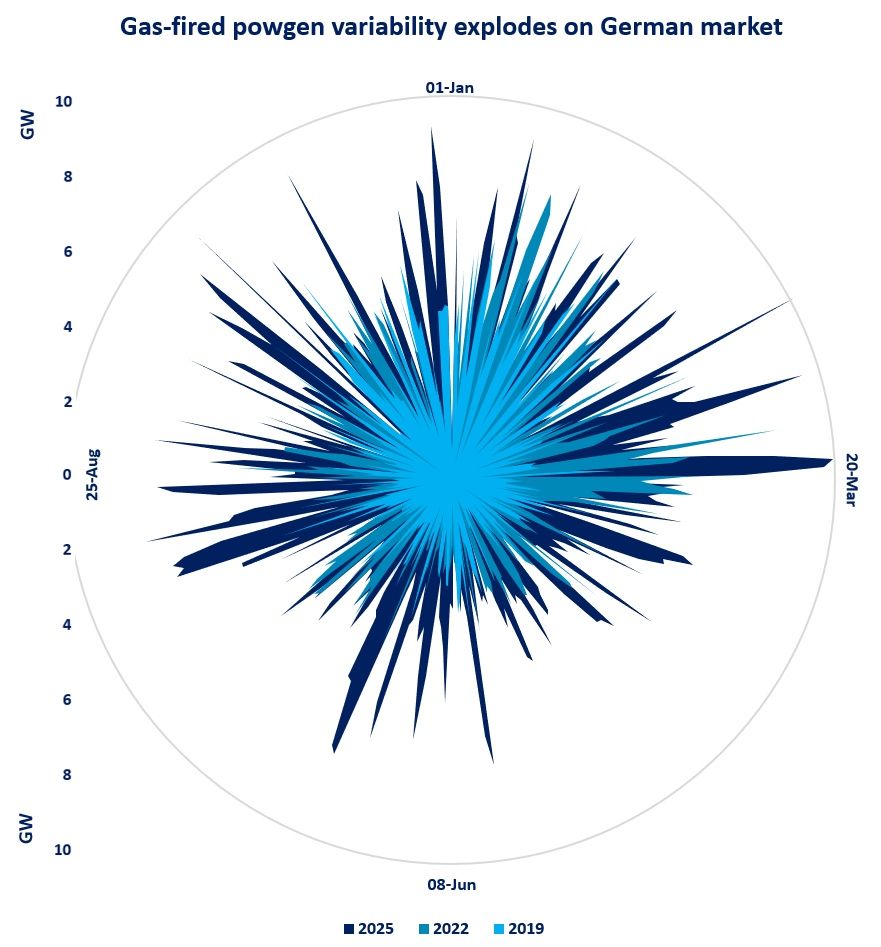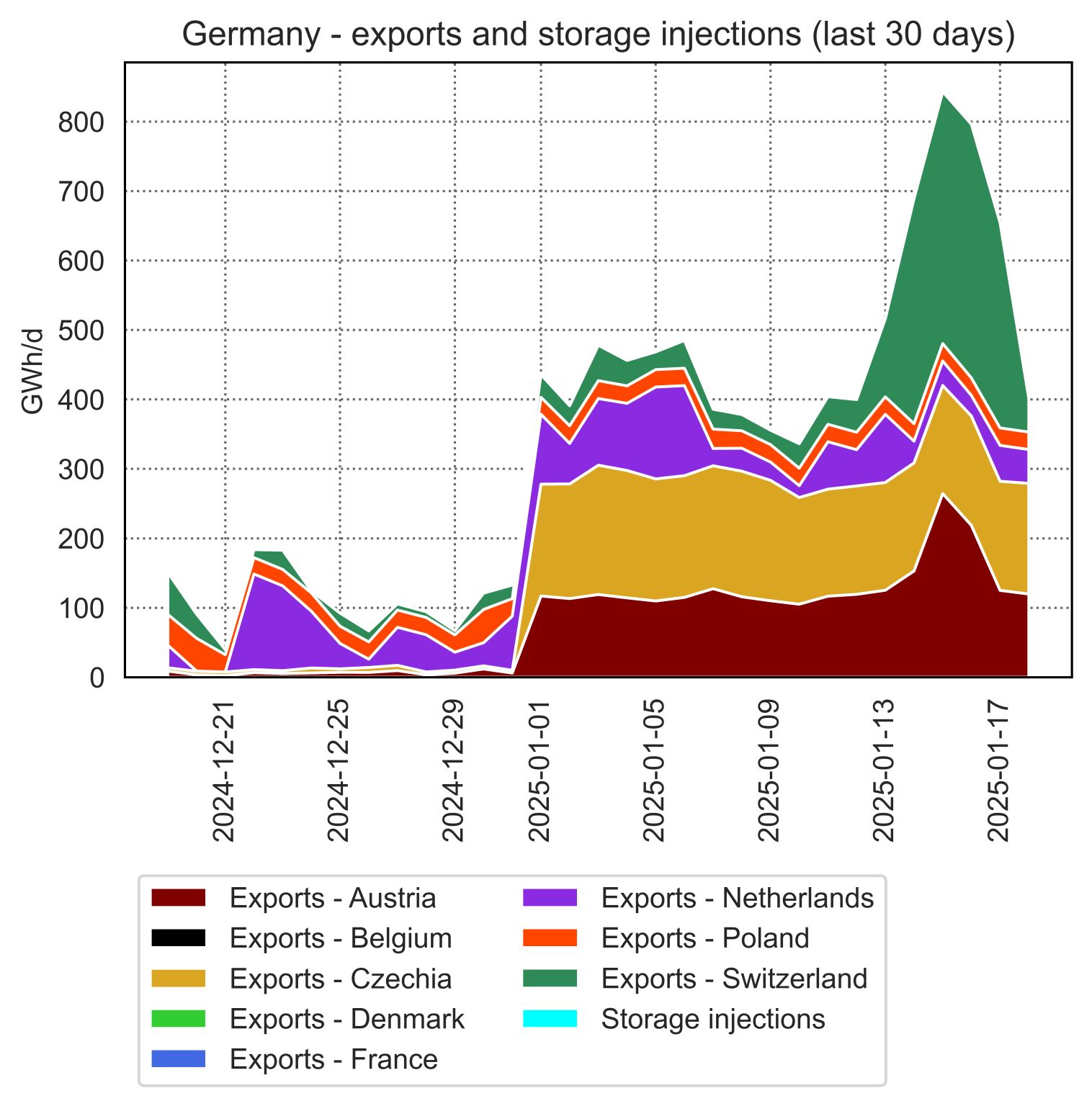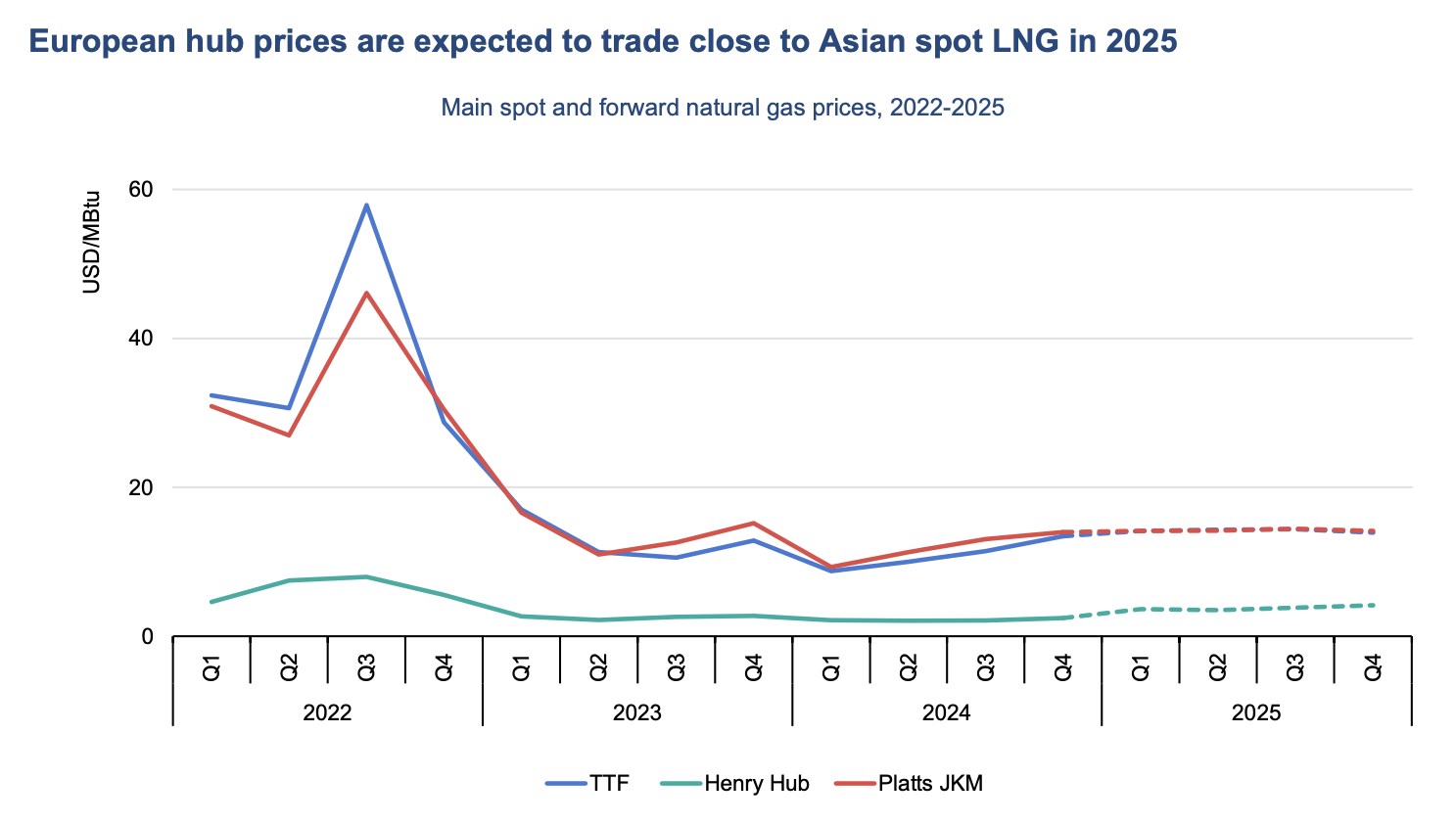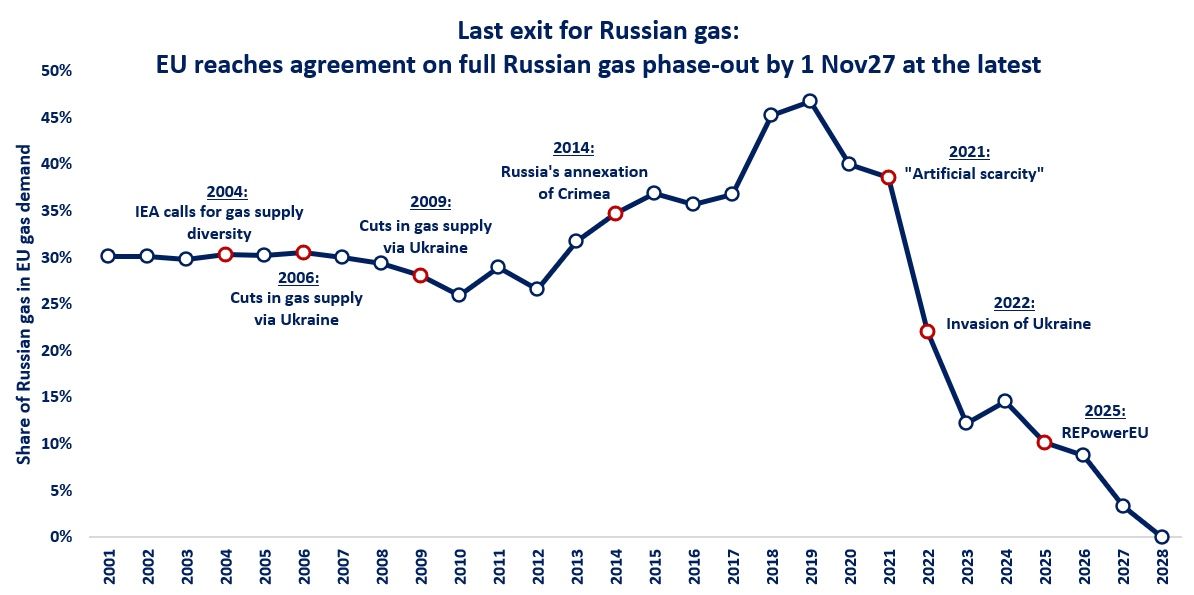

The daily TTF prices reached $32/MMBtu (€94/Mwh) on Oct. 1st, marking a new all-time high.
It is not the first time that prices have skyrocketed, but if we look at the historical one, we have to go back to March 2018 to find the last episode in which prices rose to levels similar to the current ones.

In March 2018, the TTF exceeded $27/MMBtu as a result of a wind and snowstorm, a phenomenon called by British: “Beast from East“, due to its virulence.
In this case, the price peak occurred not only because it was an extreme weather phenomenon, but because it occurred late and unexpectedly, at the end of the heating season (March) when seasonal demand begins to relax, and inventories are at low levels. This additional pressure on the gas balance is what pushed up prices.
But what happened in 2018 is a far from what is happening today for the following reasons:
Figure 2. Historical price evolution: TTF vs Brent, 2010-2021 ($/Bl, conversion factor 5.8)

This year, oil prices exceeded those of oil at the end of July, which is a clear sign of the tension that exists in the market.
As can be seen in the graph, gas normally trades at a price below oil, but the current context of the gas market: strong demand, low storage levels and problems with global production have led us to this “anomaly”.
The situation is so complicated that large gas consumers in the industrial sector are being forced to cut their consumption. As for generation, in some European countries there is already a reversal of the “switch” and it is being generated with coal, lignite or oil.
With one foot in October, uncertainty does not stop growing, the market does not stop stressing and prices rise. Norway’s announcement to increase gas supply to Europe could slightly ease this tension, but it will clearly not be enough. We would need additional capacity from Russia, pipeline restoration of the Algerian flow and a lot of LNG… and this without mentioning the limitation presented by the issue of infrastructure capabilities… most likely, we will see these prices even higher in the coming weeks.
Source: Raquel Martinez Farreres (LinkedIn)

